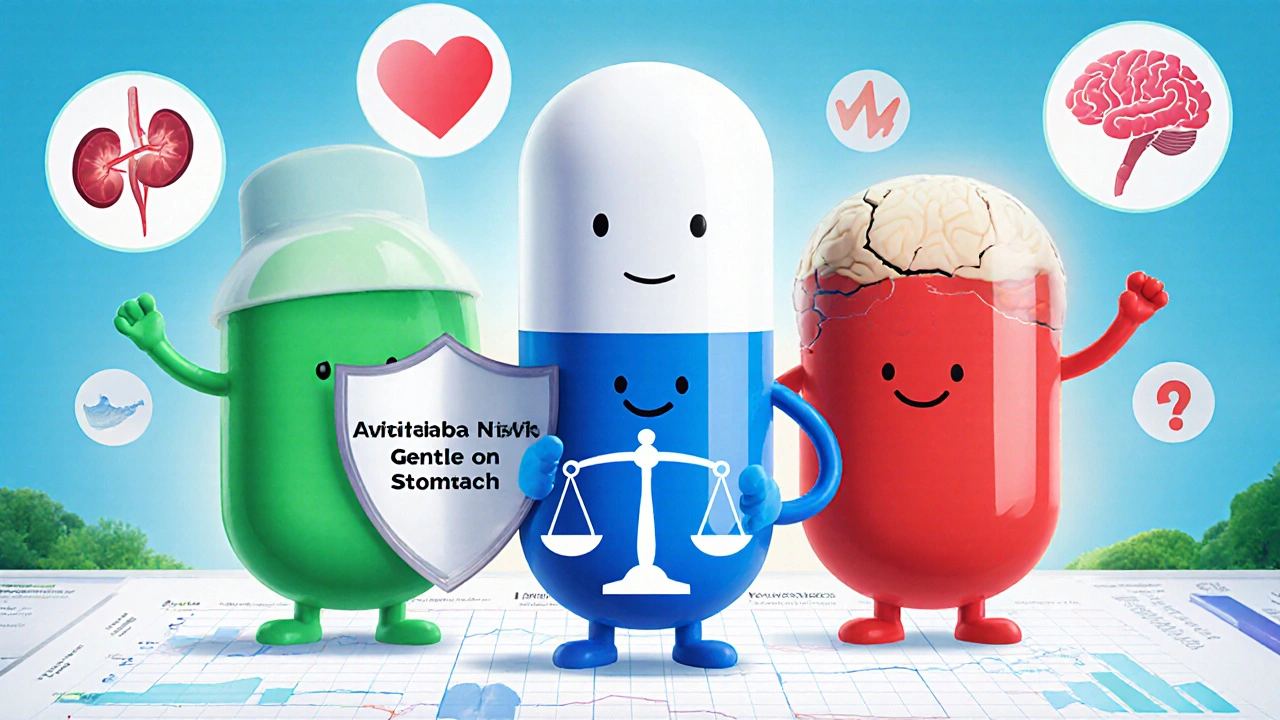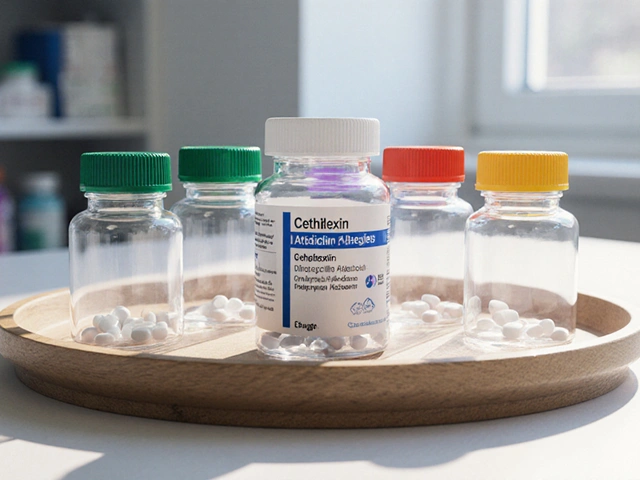Apixaban Side Effects: What You Need to Know Before Taking It
When you take apixaban, a direct oral anticoagulant used to prevent blood clots in people with atrial fibrillation, deep vein thrombosis, or after hip or knee surgery. Also known as Eliquis, it works by blocking a key protein in your blood’s clotting process to keep things flowing smoothly. But like all medications, it doesn’t come without trade-offs. The biggest concern with apixaban isn’t just that it prevents clots — it’s that it also makes bleeding harder to stop. That’s why knowing the apixaban side effects isn’t optional. It’s essential.
Most people tolerate apixaban fine, but about 1 in 5 will notice something off. Common side effects include bruising more easily, nosebleeds, or bleeding gums when brushing your teeth. These aren’t emergencies, but they’re signals. If you’re shaving and cut yourself and the bleeding won’t stop after 10 minutes, or if you’re coughing up blood, that’s different. That’s when you need to act fast. Less common but more serious side effects include internal bleeding — like blood in your urine or stool, severe headaches, dizziness, or sudden weakness on one side of your body. These could mean bleeding in your brain or gut. You don’t wait to see if it gets better. You call 911 or go to the ER.
Apixaban doesn’t work the same for everyone. Your age, kidney function, weight, and other meds you take all change how your body handles it. If you’re on aspirin, ibuprofen, or even some herbal supplements like ginkgo or garlic pills, your risk of bleeding goes up. Older adults, especially over 75, are more likely to have serious side effects. And if you’ve had a stomach ulcer before, or brain bleeding, your doctor needs to know — because apixaban might not be the safest pick for you. It’s not a one-size-fits-all drug. It’s a tool, and like any tool, it’s only safe when used right.
What you won’t find in the package insert is how real people experience it. One person might have zero issues for years. Another might get a nasty bruise after a bump on the arm and wonder if it’s normal. That’s why the best way to understand apixaban side effects is to hear from others who’ve walked this path — and to know exactly what to watch for, when to be scared, and when to just breathe. Below, you’ll find real-world insights from people who’ve managed this medication, what went wrong, what worked, and how they stayed safe without living in fear.

Apixaban vs Rivaroxaban vs Dabigatran: Key Side Effect Differences You Need to Know
Apixaban, rivaroxaban, and dabigatran are all blood thinners, but they have very different side effect profiles. Learn which one has the lowest bleeding risk, highest heart attack risk, and best kidney safety.
Categories
- Health and Medicine (39)
- Medications (39)
- Health and Wellness (34)
- Online Pharmacy Guides (15)
- Nutrition and Supplements (7)
- Parenting and Family (3)
- Environment and Conservation (2)
- healthcare (1)
- prescription savings (1)



